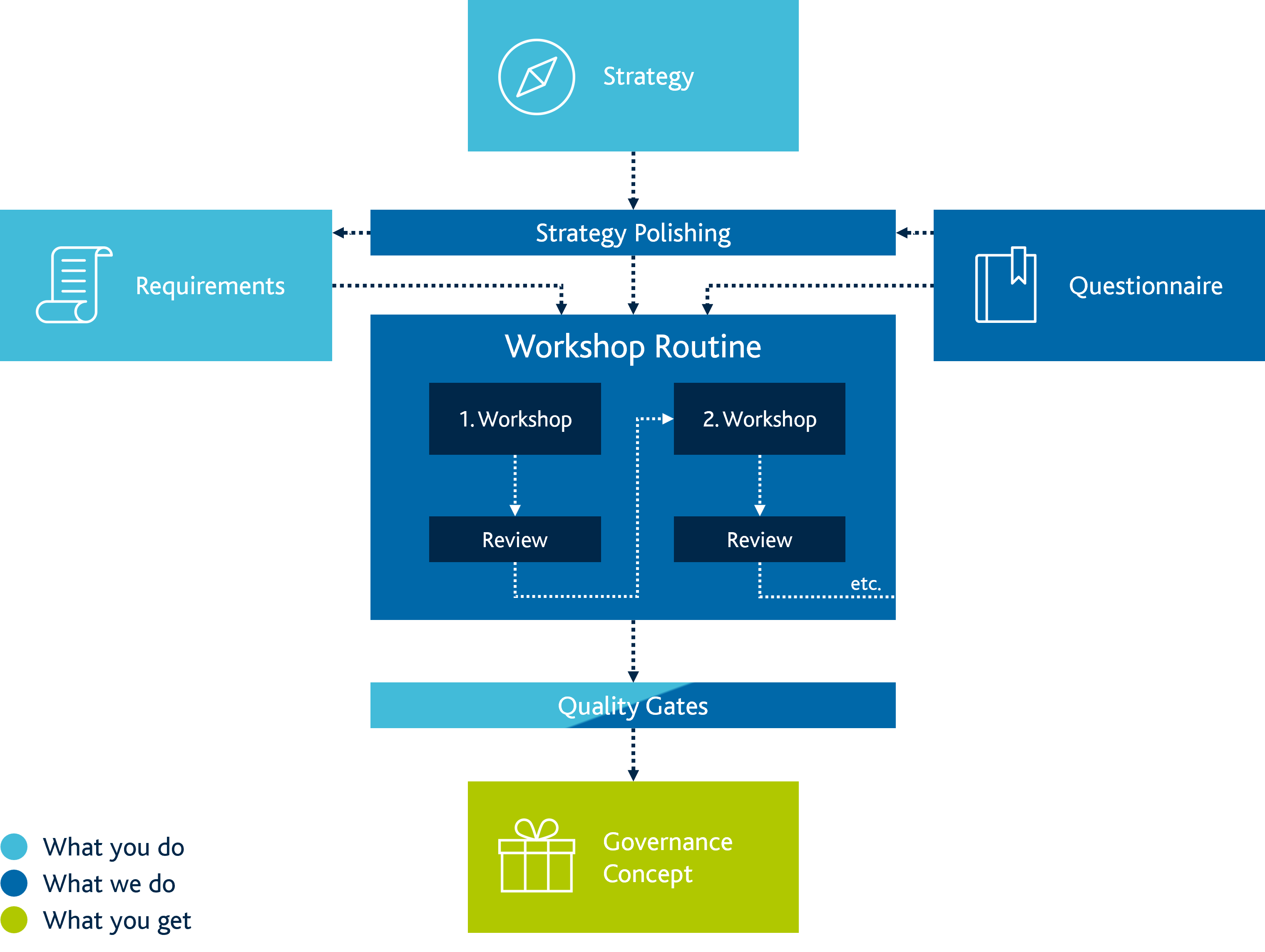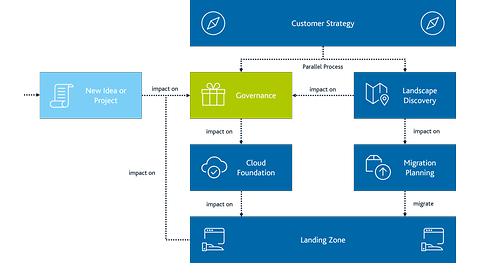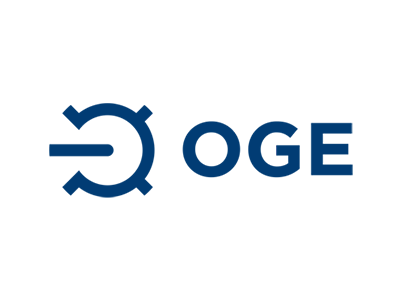
Azure Governance
We take you to the Azure Cloud
What Does Azure Governance Mean?
Cloud governance defines the policies, freedoms, and automations for the cloud - in our case, the Microsoft Azure Cloud. Based on their set of rules, the hosting environment (so-called landing zones) is built, the integration into the business areas of your company, and at the same time enables improved security.
Five Disciplines of Azure Governance
According to official Microsoft documentation, Azure governance essentially deals with five topics:
Cost Management
It looks at cost breakdown, optimization, and monitoring (budgets) in Azure.
Security Baseline
The basic security requirements and access restrictions are considered in Azure.
Resource Consistency
Many frameworks (naming convention, duty tags, health check, monitoring, etc.) for operation in Azure are considered.
Identity Baseline
It determines the authentication and authorization of users in Azure Cloud.
Deployment Acceleration
It defines how provisioning can be done as automated and standardized as possible.
Trigger for Application Modernization
How Do You Get Your Own Azure Governance?
We have prepared a process for you formed over several years of experience and proven with many customers. All we need from you are your requirements and the will to take off to the cloud.

You will go through several workshops where we will address your strategy. Using our catalog of topics and questions, we design your governance and identify open problem areas. The catalog combines our knowledge of operations, consulting, and solution design. For each topic, we provide our long-standing best practices and check the developed solution against recommendations from Microsoft and security organizations.
The Following Questions Will Be Clarified
After each workshop, we review the results and prepare them for follow-up meetings. You also can recapitulate yourself, formulate questions or come to us with inconsistencies. This way, we can address them together in the following workshop. We take care to be as flexible and agile as possible when creating Azure Governance. For example, we start with a minimum functional iteration for a quick adaptation and first practical work packages.
Governance as the Basic Framework
Azure governance is the foundation for all real workloads. Whether it's new ideas, experimentation, or migration of existing applications, it all starts with minimal governance.

Governance is implemented after it is designed. This creates a basic framework for all types of workloads (called Platform Foundation). It defines the universal governance rules regarding communication, rights, monitoring, etc.
For different types of workloads, concrete landing zones are created later. Feedback loops are essential here so that further developments can be made in the platform foundation or the governance concept.
Parallel to creating the governance and platform foundation, a review of the existing on-premises landscape can take place (so-called landscape discovery) if applications are to be migrated to the cloud. This step creates an order for the migration according to customer needs (so-called clustering) and ensures a consistent view of related workloads.
Since governance also supports new project ideas and products, you are also included. Governance and all follow-on elements are subject to constant change. If there are new project ideas that the current governance cannot yet cover, it is expanded accordingly. The resulting changes are reflected in the Foundation and the respective Landing Zones.

We have already successfully supported and guided many customers in their cloud migration. The successes you celebrate, we celebrate too. They show how effective the jointly developed plans of a migration to the Azure cloud work.
Learn how we helped OGE, the long-distance transmission operator, transform its IT systems to the Microsoft Azure Cloud here.
Downloads
Despite its relevance, the topic of governance is not quickly explained. That's why, in support, we decided to explain governance through a more accessible infographic. A fictitious space station evolves from a basic secure structure to a highly automated and scalable environment.
Your Contact for Azure Governance


